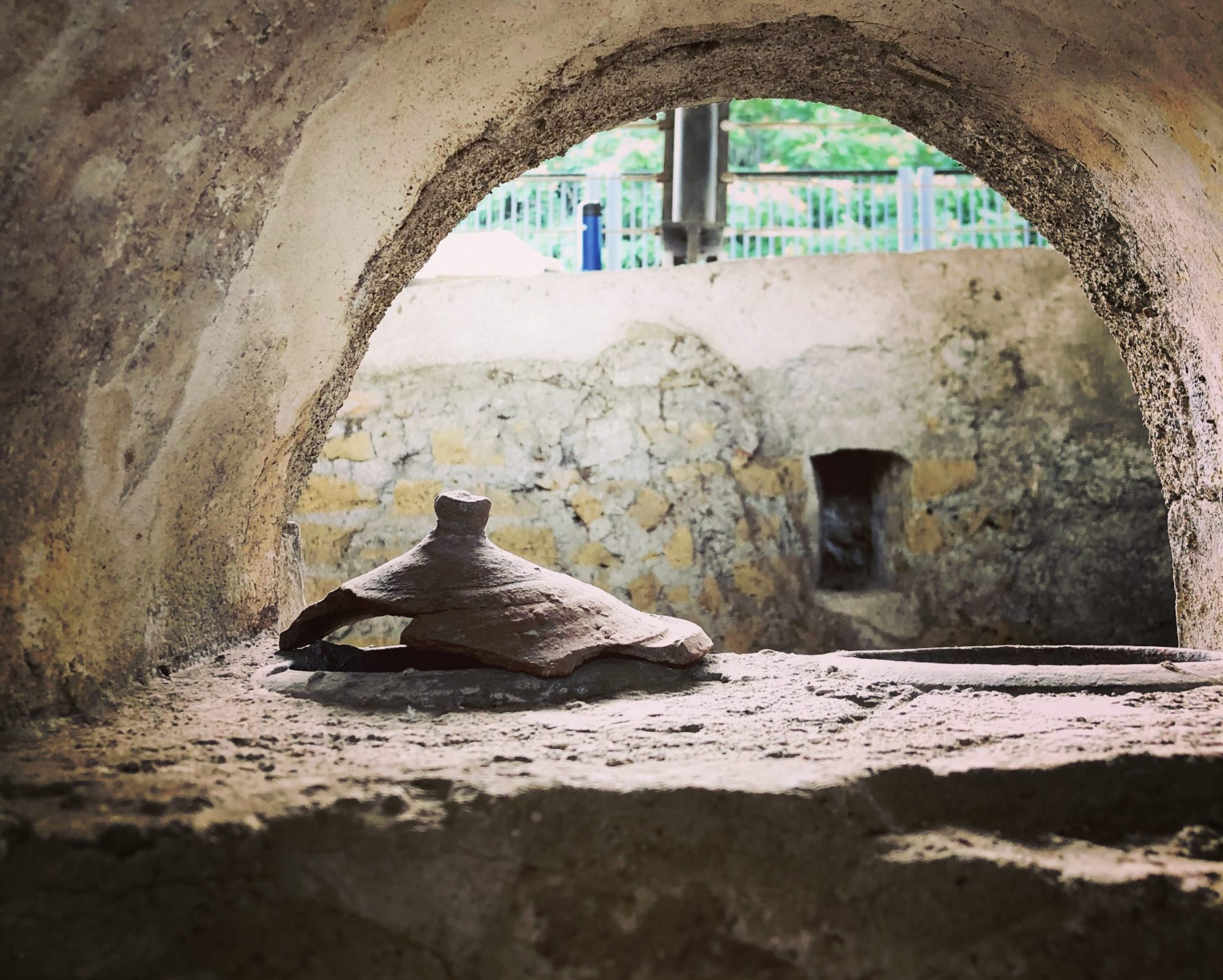Recently, and rather surprisingly, acrostics have been in the news. Two different resignation letters of former officials from the Trump administration contain acrostics spelling out not-so-subtle political exhortations. Daniel Kammen’s resignation as State Department Science Envoy used the first letter of each paragraph to spell out “impeach.” And the group resignation signed by fourteen members of the President’s Committee on Arts and the Humanities used the same structure to spell out “resist” (n.b., click on images for larger view).
Perhaps the most famous (or notorious) modern American political acrostic is found in the letter then California governor Arnold Scwharzenegger sent to the State Assembly accompanying an unsigned bill. I’ll leave you to decipher the message:
One recent book in biblical studies contains an acrostic that spells out a dedication to the author’s spouse. Acrostics aren’t a new literary phenomenon. They are found as far back as second millennium BCE cuneiform texts. A text known as “The Babylonian Theodicy” is a dialogue between a sufferer and a friend (similar to the biblical Book of Job) consisting of 27 stanzas of text, each with eleven lines. The lines in each stanza begin with the same cuneiform sign which together spell out the name of the text’s author: “I Saggil-kinam-ubbib, the incantation priest, am an adorer of the god and the king.” The images below are taken from W. G. Lambert’s edition of this text. You can see the identical cuneiform signs looking at the first sign on the lefthand side of the tablet and following them vertically.
There are acrostics in the Hebrew Bible, but they are alphabetical, that is, the acrostic spells out the alphabet. One of these is the so-called “Praise of the Good Wife” poem which closes out the Book of Proverbs. The first letter of every line spells out the Hebrew alphabet.
The most elaborate acrostic in the Hebrew Bible is Psalm 119 which, like the Babylonian Theodicy, contains multiple stanzas each beginning with a different letter. The Psalm consists of 22, eight-line stanzas and its acrostic, like Proverbs 31, spells out the Hebrew alphabet.
Acrostics serve many purposes, as with the case of the resignation letters, Schwarzenegger’s letter, and the Babylonian Theodicy, they can contain covert information available to the keen observer. Or alphabetic acrostics, like Proverbs 31 or Psalm 119, aid in memorization of the text. Both kinds of acrostics depend on and subsequently display the erudition of the author while simultaneously asking the reader to demonstrate some savvy of their own.
Acrostics are also important artifacts to literacy in a culture because they require literate readers who can access the text visually. These are texts which must be seen and not heard. The complex interplay between orality and literacy in the ancient world, and ancient Israel in particular, merits further study.









